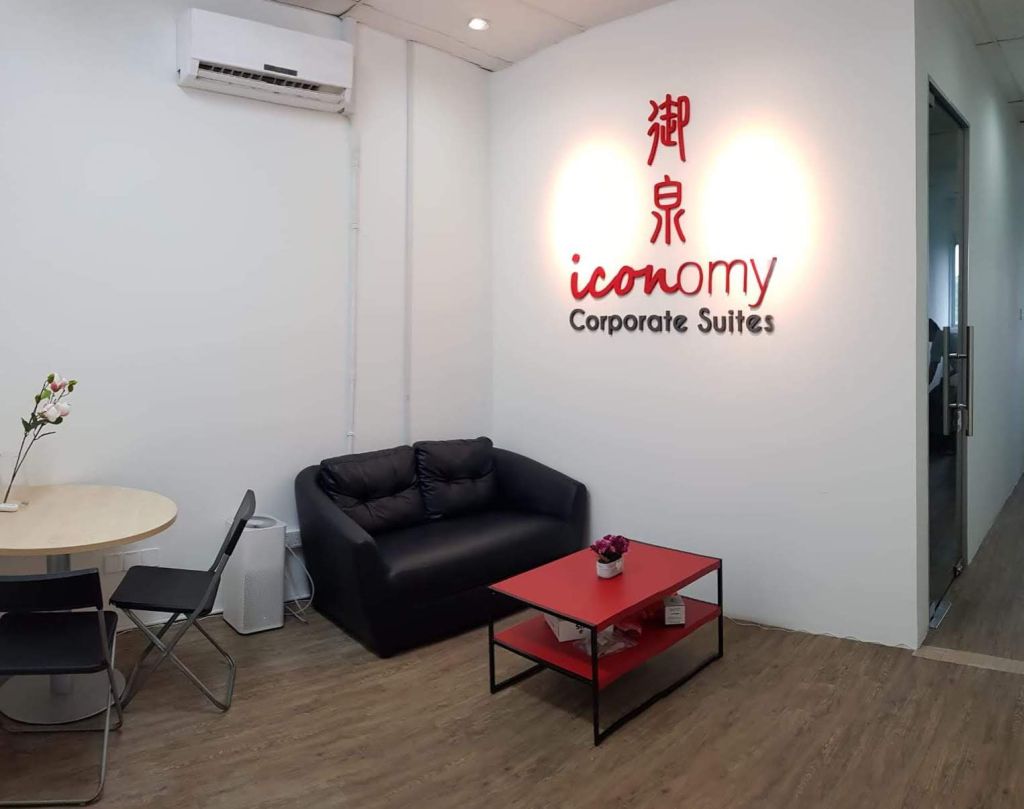By Boo Kok Chuon
The Private Lease Scheme (PLS) in Malaysia has become a polarising topic, especially after recent disputes involving Singaporean investors. While concerns about lower liquidity, resale limitations, and developer control are valid, PLS properties can still offer strategic advantages for certain types of investors.
This article provides a balanced analysis of PLS, comparing its return on investment (ROI) and return on equity (ROE) to leasehold properties. It also includes a financial illustration to help investors visualise the differences and emphasises why PLS is not necessarily a poor choice. For legal insights into PLS and its legislative history, visit our sister law firm’s website: Omnia Law Chambers LLC.
What is the Private Lease Scheme (PLS)?
The PLS is a contractual arrangement where buyers lease a property for a specified period (commonly 99 years) without obtaining ownership of the title. The property remains legally owned by the developer, and the buyer enjoys usage rights for the lease term. This structure differs from traditional leasehold properties, which provide registered ownership and statutory protections.
PLS vs Leasehold: ROI and ROE Analysis
The table below highlights the financial comparison between PLS and leasehold properties:
| Metric | Private Lease Scheme (PLS) | Leasehold Property |
|---|---|---|
| Acquisition Cost | Typically 20–40% lower than leasehold due to discounts for lack of marketability (DLOM) and lack of control (DLOC). | Higher, reflecting ownership rights and statutory protections. |
| Rental Income Potential | Similar to leasehold for properties in prime locations (tenants focus on location over ownership). | Similar, but some tenants may prefer leasehold properties. |
| Rental Yield | Higher due to lower acquisition costs, often exceeding 7–8% annually. | Lower, typically 4–6% annually, as acquisition costs are higher. |
| Capital Appreciation | Minimal to none; value declines with lease term (finite asset). | Moderate, but affected by lease decay as tenure reduces. |
| Liquidity | Limited due to lower market demand (higher DLOM). | Better, with a more established resale market. |
| Control Over Property | Limited; title and major decisions rest with the developer (higher DLOC). | Greater control as leasehold interest is registered. |
| Depreciation Impact | Similar to leasehold due to finite tenure. | Similar, but residual value often higher due to renewal prospects. |
| Renewal Options | Unclear or discretionary, depending on the developer. | Often governed by statutory processes, but renewal costs can be substantial. |
Financial Illustration: Comparing ROI and ROE
Let’s analyse the financial returns of PLS and leasehold properties with an example:
Scenario
- Location: Prime urban area.
- Annual Rental Income: SGD 50,000.
- Loan-to-Value (LTV): 50%.
| Metric | PLS Property | Leasehold Property |
|---|---|---|
| Purchase Price | SGD 700,000 | SGD 1,000,000 |
| Down Payment (50%) | SGD 350,000 | SGD 500,000 |
| Annual Rental Income | SGD 50,000 | SGD 50,000 |
| ROI | 7.14% | 5% |
| ROE | 14.28% | 10% |
Key Observations
- Higher ROI for PLS:
The lower acquisition cost of PLS properties boosts ROI, offering a return of 7.14% compared to 5% for leasehold properties. - Higher ROE for PLS:
With a smaller down payment, PLS properties yield a higher ROE of 14.28%, compared to 10% for leasehold properties, making them more attractive for cash-flow-focused investors. - Cash Flow Advantage:
PLS properties provide superior rental yield, compensating for their lack of capital appreciation and limited resale potential.

Who Should Consider PLS?
PLS properties are not a one-size-fits-all solution but can be highly advantageous for specific investor profiles:
1. Co-Living Space Operators
Co-living operators can leverage the affordability and prime locations of PLS properties to create vibrant shared spaces. Developer-managed maintenance reduces operational burdens, enabling a focus on tenant satisfaction and rental income.
2. Investors Offering Short-Term Homestay and Serviced Apartments
Malaysia permits short-term rentals like Airbnb, unlike Singapore. PLS properties are particularly appealing for investors targeting this market due to their:
- Lower costs, enabling competitive pricing.
- Prime locations attracting tourists and business travellers.
- High rental yields from short-term stays.
For these business models, PLS properties provide strong cash flow without the need for long-term ownership.
Conclusion: IT DEPENDS ON YOUR INVESTMENT OBJECTIVE AND STRATEGY
The Private Lease Scheme (PLS) is not inherently bad—it simply requires a clear understanding of its advantages and limitations. For investors prioritising cash flow over capital appreciation, such as co-living space operators or short-term rental service providers, PLS properties can deliver strong returns when approached strategically.
However, due diligence is essential. Assessing the developer’s reputation, understanding lease terms, and targeting high-demand locations are critical to making a PLS investment successful.
Explore more about our property investment strategies at Iconomy Corporate Consultancy Private Limited or visit Omnia Law Chambers LLC for legal insights into property investments.
About the Author
This article is authored by Boo Kok Chuon, CEO of the Iconomy Group of Companies and COO of Omnia Law Chambers LLC, and a seasoned property investor. As a CIArb Associate, a business valuation professional trained under NTU’s CVA Accreditation Programme, and a Juris Doctor candidate, Mr Boo’s expertise spans across corporate finance, business valuation, and corporate dispute resolution. Combining legal expertise and financial insight, Mr Boo offers a unique perspective on maximising investment opportunities.